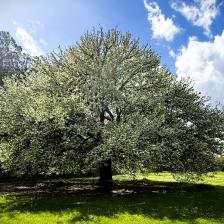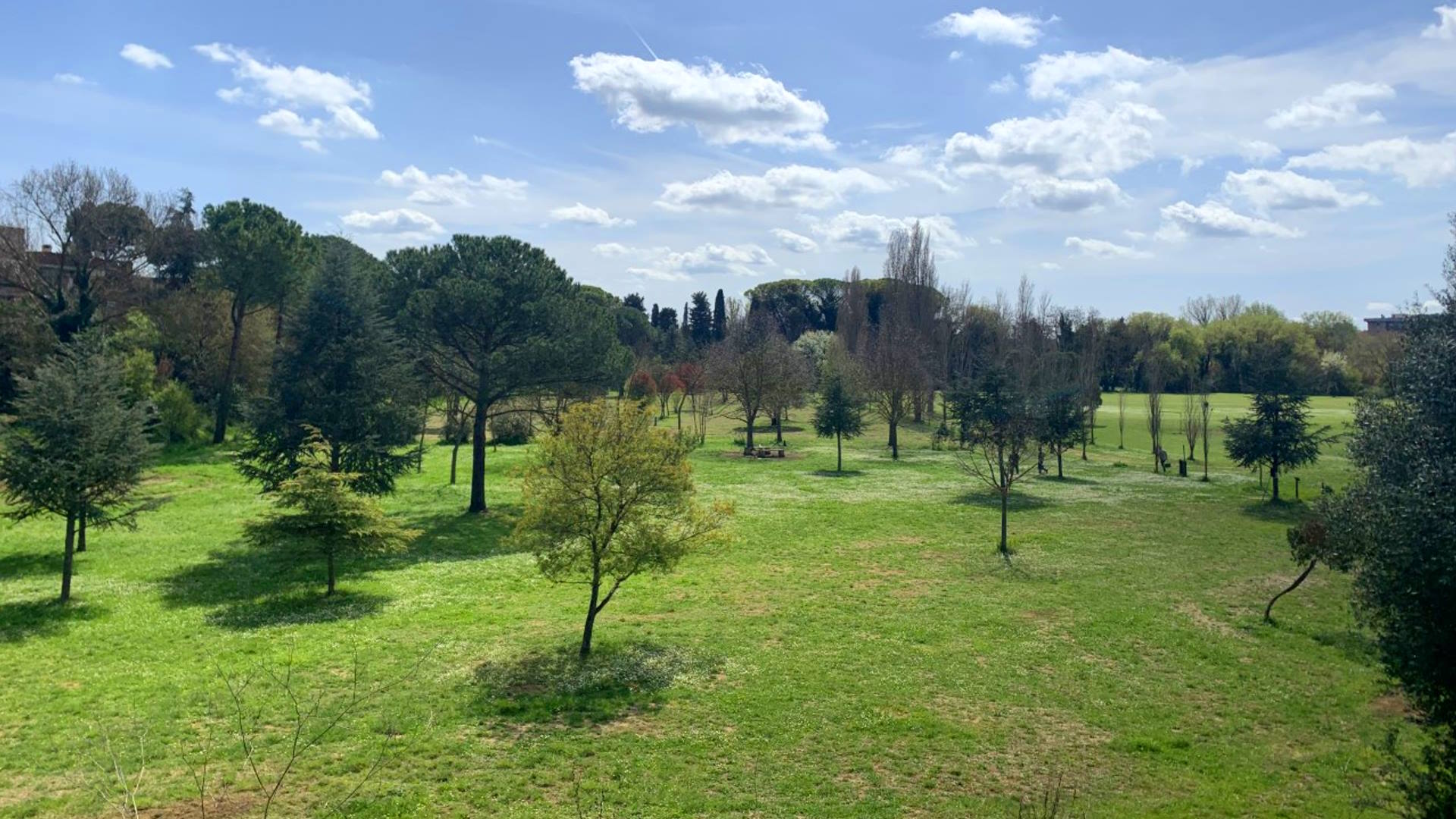
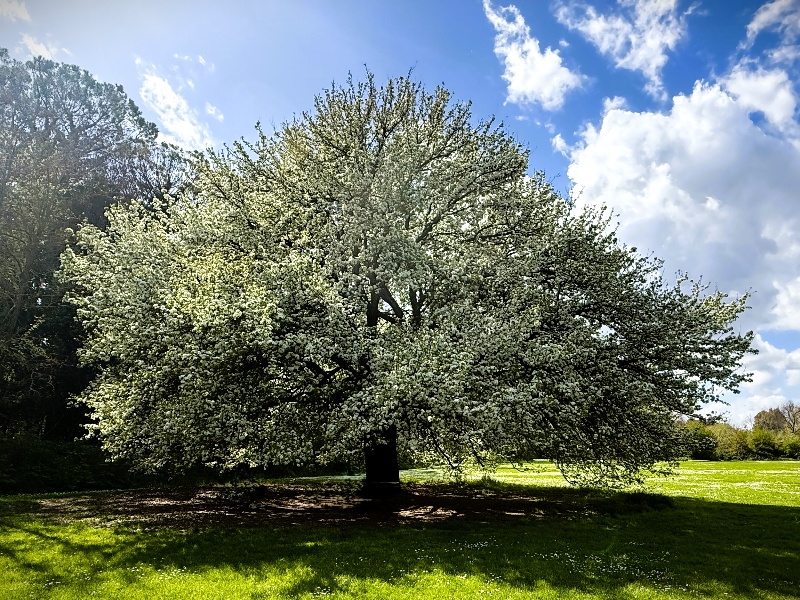
Spread over 600 hectares, the luxuriant Valle dell'Aniene Nature Reserve extends through the eastern urban part of Rome, between the area of Ponte Mammolo and the ancient Ponte Nomentano.
The numerous and sinuous bights of the river Aniene characterize the territory, which alternates mainly flat sections, with mixed oak groves composed of English oaks, Turkey oaks, downy oaks and Hungarian oaks, and wetlands with the presence of elms, white willows, ash trees and maples.
The Reserve has a rich fauna: among others, there are porcupines, grey herons, kingfishers, dippers, owls, badgers, cormorants and, in watercourses, crayfishes of river and river crabs, inhabitants of clean waters and, consequently, two important ecological indicators.
In addition to several medieval watchtowers, river control towers and farmhouses, the area preserves historical-archaeological remains of great interest; among these are the two Roman villas in via Tilli and Ripa Mammea and the Pleistocene deposit, where the excavations brought to light stone tools and fossils of large mammals, above all ancient elephants, visible in the Museum of Casal de' Pazzi.
Another site of great historical importance is the fortified complex of Cervelletta, perched on the tufaceous cliff, characterized by a high crenellated tower from the 12th century, surrounded by various residential and agricultural structures, built between the 16th and 17th centuries.
Since 2011, approximately 4000 square meters of land within the Valle dell'Aniene Nature Reserve have been part of the "Urban Gardens", a project that includes a series of lots intended for horticulture, cultivated by citizens and their cooperators.
Monte Mario Nature Reserve
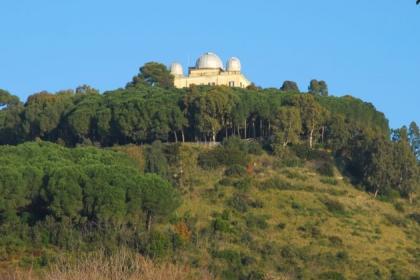
 Condividi
Condividi
The State Natural Reserve of the Roman Coast - Pineta di Castelfusano
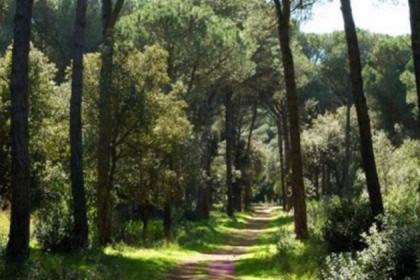
 Condividi
Condividi
Insugherata Natural Reserve
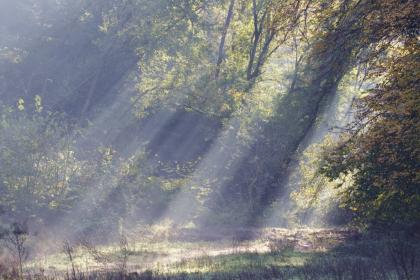
 Condividi
Condividi
Informationen
 Condividi
Condividi
Location
Um mehr über alle barrierefreien Dienste zu erfahren, besuchen Sie den Abschnitt barrierefreies Rom.












































